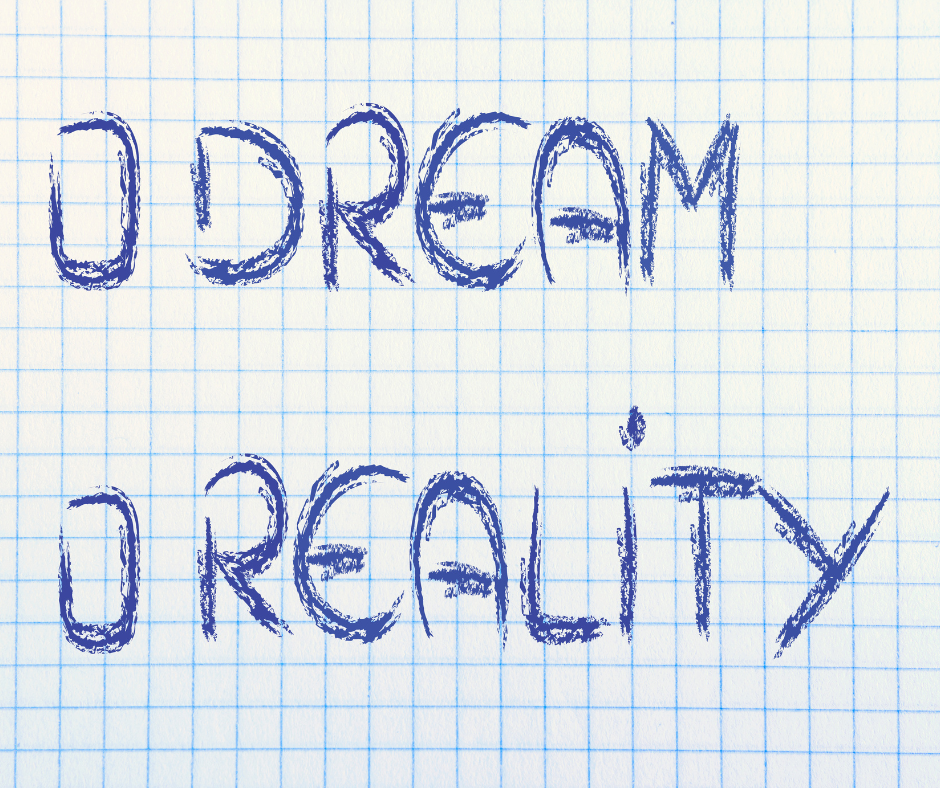
The Silent Struggle Behind the Smiles
Every year, millions of students walk into university campuses with a heart full of dreams and eyes lit with excitement. They imagine friendships blossoming over coffee, classes that spark creativity, and a future that begins unfolding the moment they step through those gates. But all too often, reality doesn’t mirror this expectation. The transition from the idealized college experience to the raw, unfiltered reality of academic life is jarring—and it’s costing us more than we admit.
This gap, this space between student expectations and campus realities, is where anxiety breeds. It’s where ambition falters. It’s where confidence breaks down. And unless we act—urgently and meaningfully—this invisible chasm will continue to swallow potential, passion, and purpose.
Why the Gap Exists
High school graduates often build their expectations on cinematic portrayals, idealistic brochures, and polished open-day speeches. They arrive thinking they’ll find instant community, guaranteed support, and a curriculum designed just for them. But what greets them is bureaucracy, competitive isolation, and an overwhelming sense of “figure it out yourself.”
This isn’t just about unmet expectations. It’s about a system that fails to prepare them for the emotional, academic, and social demands of university life. It’s about the false promise that once you get into college, the hard part is over.
The Consequences We Can No Longer Ignore
Mental Health Crisis: Studies reveal that depression and anxiety among first-year students are at an all-time high. Why? Because they feel unprepared, unsupported, and unheard.
Academic Burnout: Many students struggle not because they lack capability, but because they lack direction and emotional support.
Dropout Rates: A significant percentage of students drop out within the first year—not because of poor grades, but because of disillusionment.
This isn’t just a student issue. It’s a systemic failure, a leadership issue, a human issue.
It’s Time to Act—Together
We need to stop sugarcoating the college experience. Instead, we must build bridges—real, sustainable, empowering bridges—between expectations and reality. And it starts now:
Orientation Isn’t Enough: Students need mentorship. Not once a semester, but continuously. Real, human conversations—not generic handbooks—must become the norm.
Empathy-Driven Curriculum: It’s time to integrate life skills, emotional intelligence, and real-world problem-solving into the classroom. Let’s educate beyond the textbooks.
Open Dialogue: Encourage students to speak about what they thought college would be—and what it really is. Let’s normalize this conversation and respond to it with action, not apologies.
Human-Centered Administration: Universities must become listening institutions. Every policy should be shaped by the real voices of students, not assumptions in boardrooms.
To Parents, Teachers, and Policymakers: Wake Up
If we don’t recalibrate now, we risk losing a generation to cynicism and self-doubt. The dream of education must be restored—but grounded in truth, care, and accountability. College should not be a place where dreams come to die; it should be where they evolve—with honesty, guidance, and real human connection.
This is a call to counselors—become mentors.
A call to universities—become homes.
A call to students—speak your truth.
And a call to leaders—listen, before it’s too late.
Conclusion: Bridging Begins with Belief
The bridge between student expectations and campus reality doesn’t have to be long, lonely, or treacherous. It can be paved with empathy, built on honesty, and strengthened by action. But the time to build it is now. Not next semester. Not next year. Now.
Let us not wait for another dropout, another breakdown, or another lost soul to remind us what we failed to fix. Let us act. Let us care. Let us bridge the gap—for good.

Leave a Reply